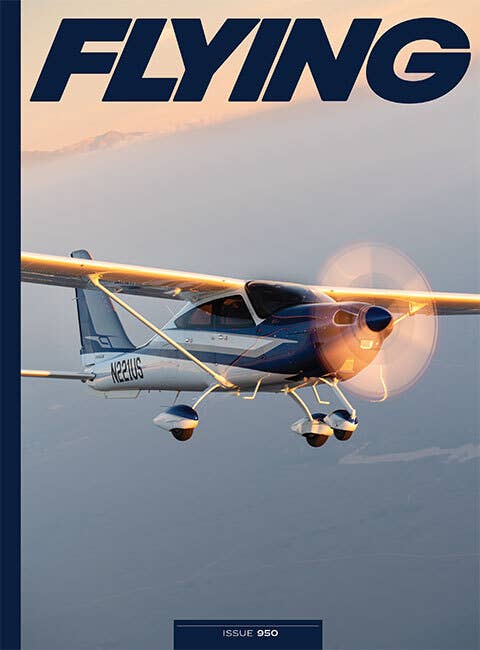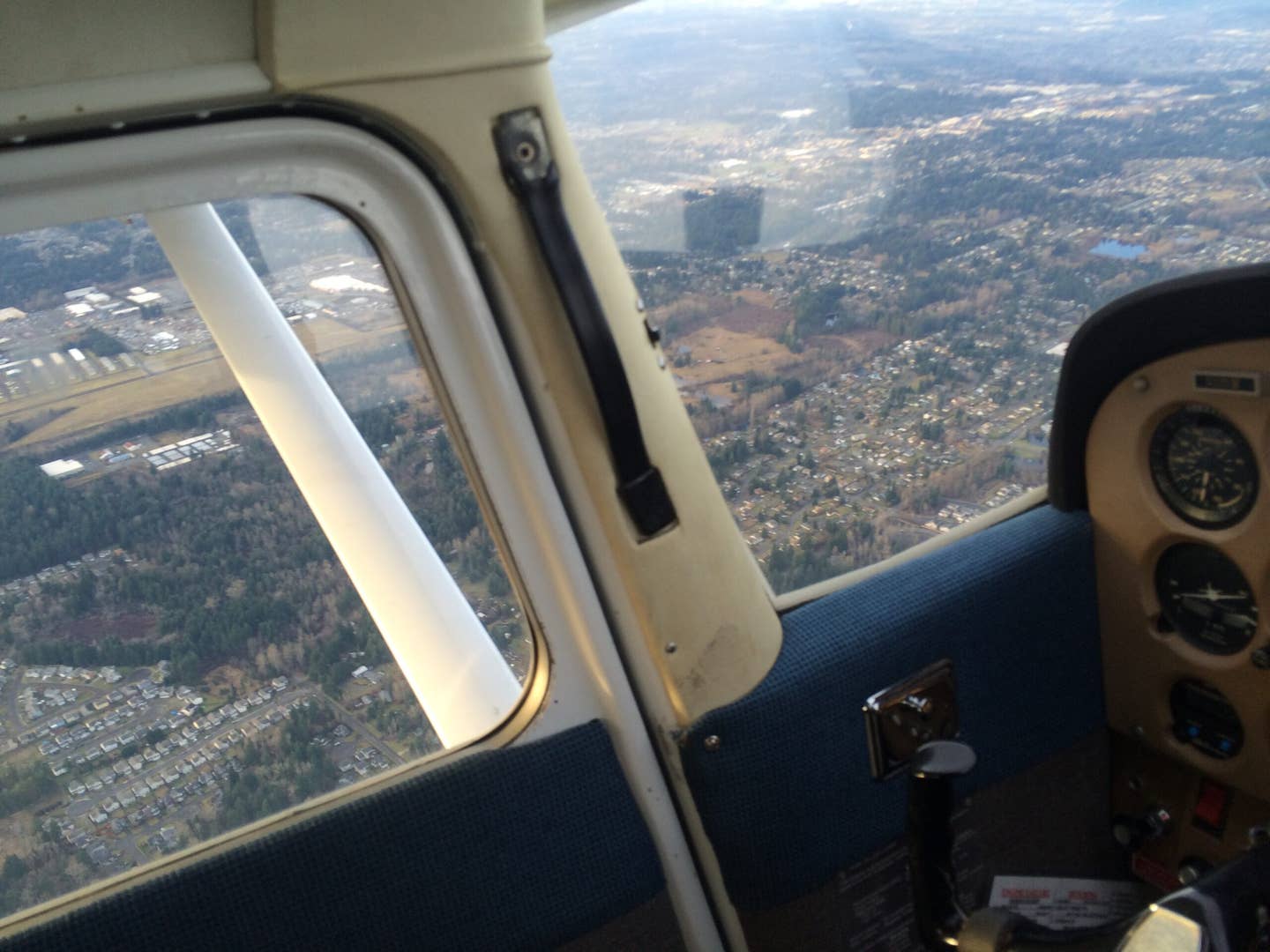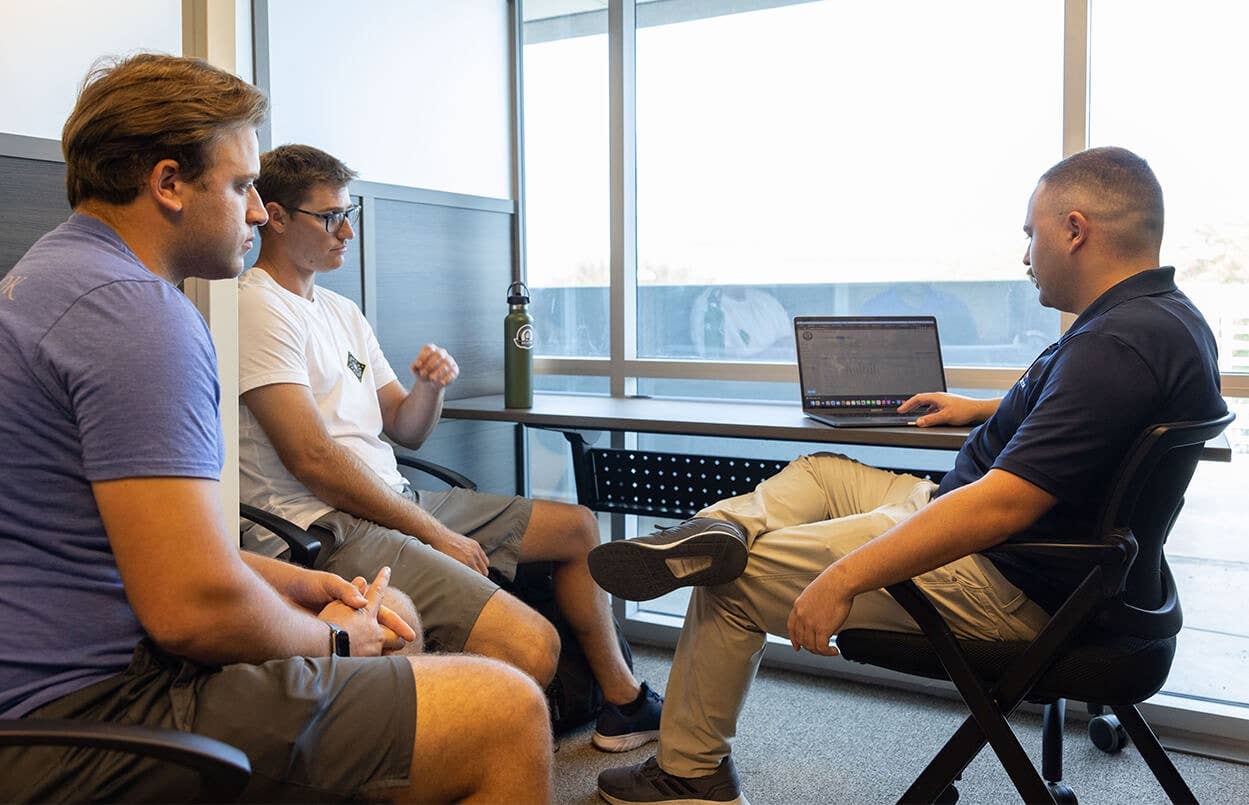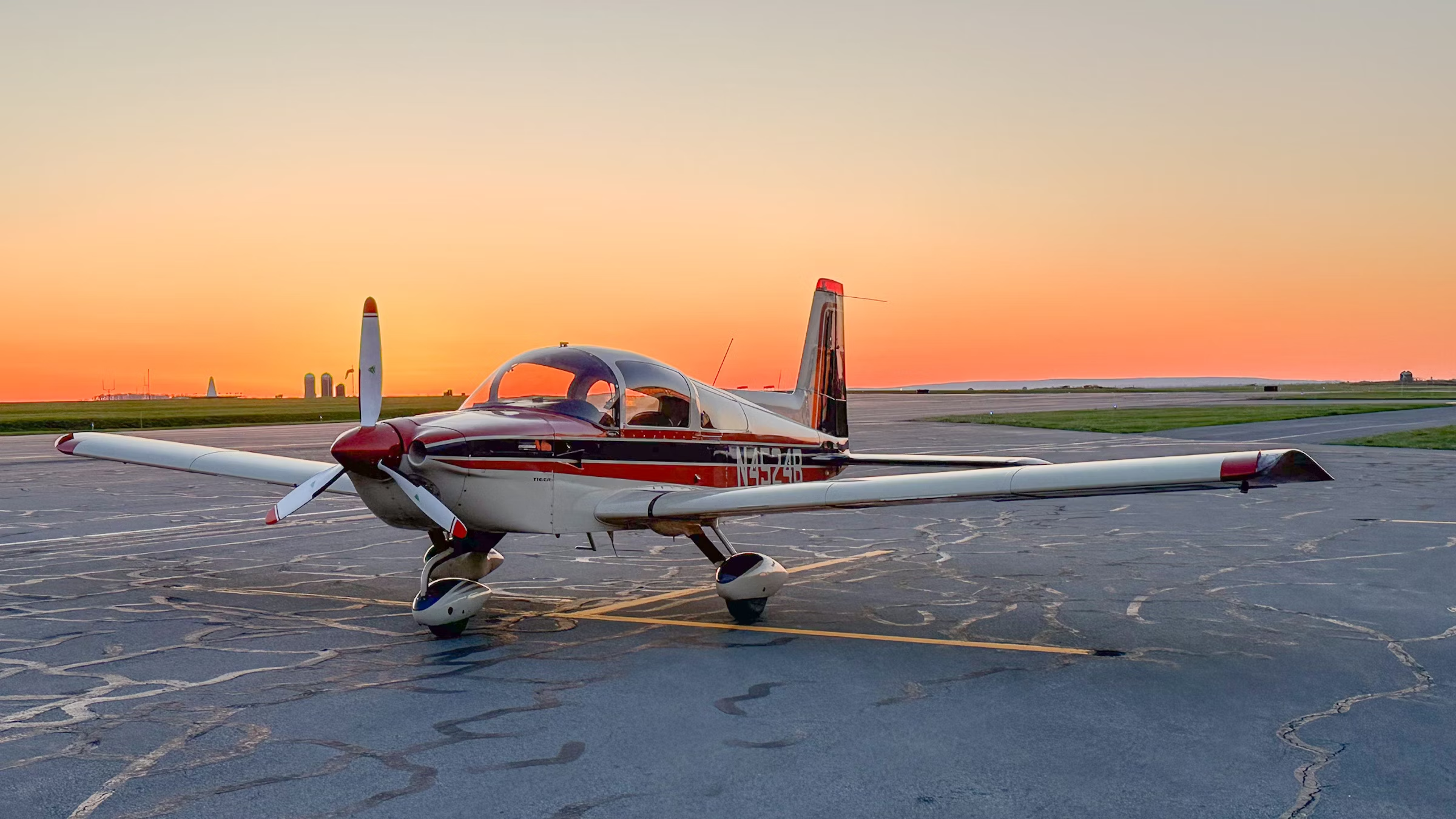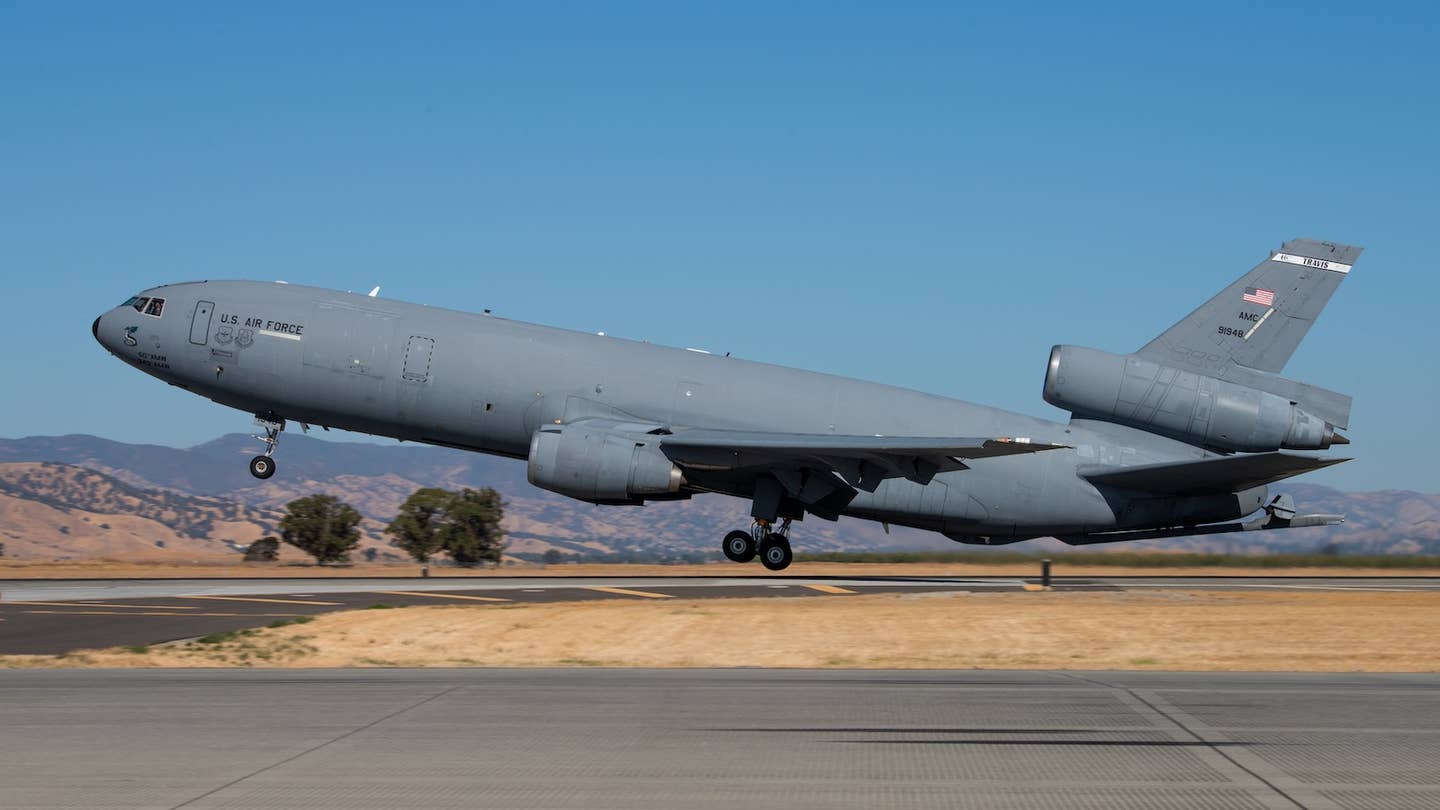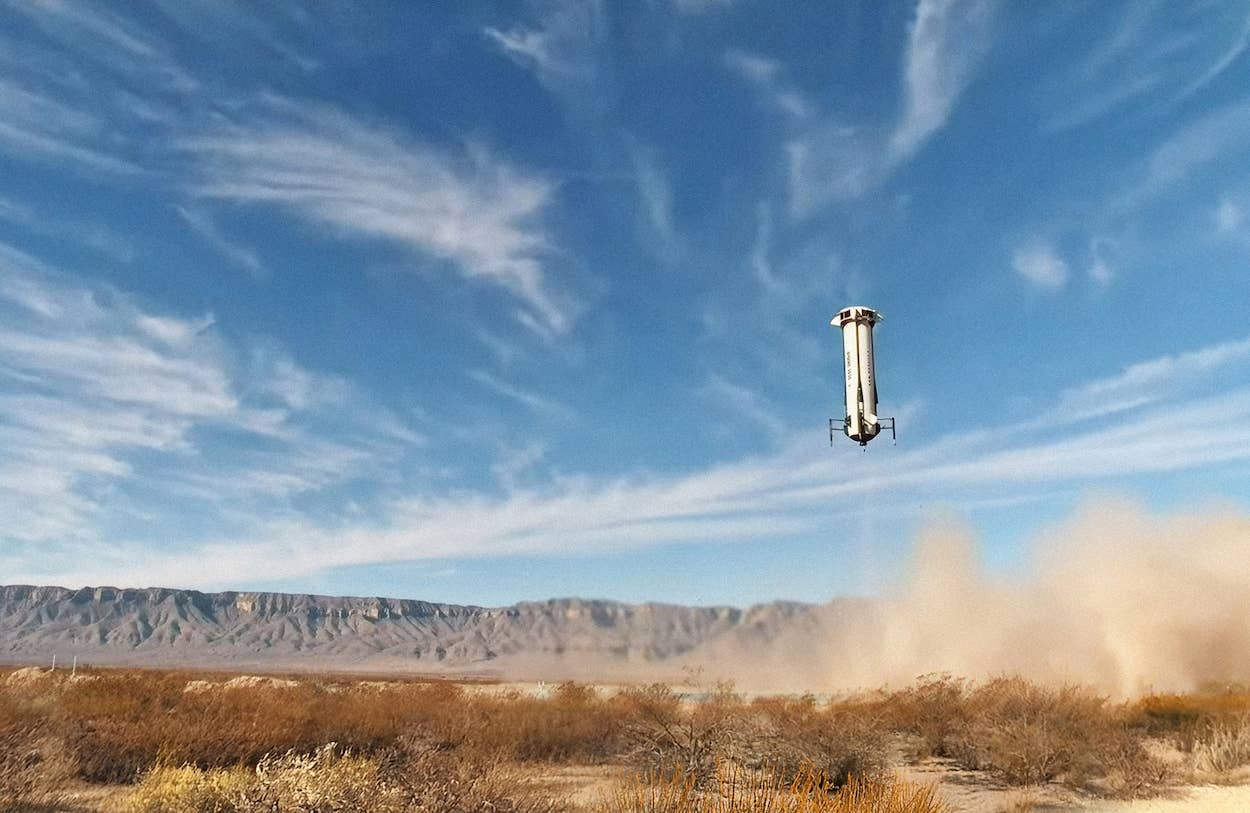Chart Wise: Wiscasset, Maine, RNAV (GPS) Rwy 25
Plan ahead to use this daytime-only approach during shortened winter days.
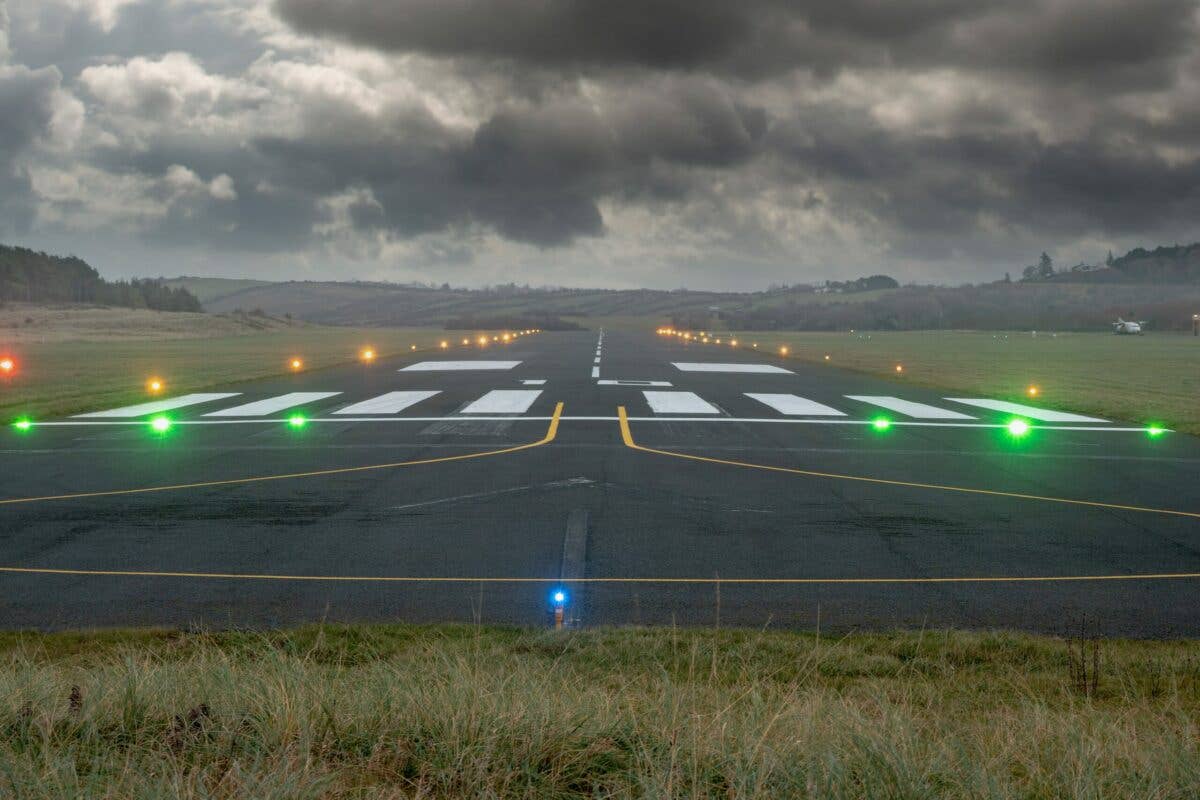
[Shutterstock]
A trip to Maine’s seashore northeast of Portland might take a pilot to the Boothbay area for a taste of winter holiday. Without an airport specifically in town, the nearest option is Wiscasset just a few miles away. When the weather is below VFR, the RNAV (GPS) RWY 25 approach can be utilized to get down safely.
If you're not already a subscriber, what are you waiting for? Subscribe today to get the issue as soon as it is released in either Print or Digital formats.
Subscribe NowA) IAFS and Feeders
Like many GPS-based approaches, a pilot may establish themselves onto this approach multiple ways. Depending on where you are coming from, one or another may be more convenient and efficient. The GPS waypoints at RAZZR and NOLLI can be used to transition to the IAF waypoint GEMIN. A pilot may also choose to use the IAF CEZAC. These points help establish and sequence into the approach without having to use a procedure turn.
B) Not Authorized Notes
There are numerous warnings on this approach that a pilot needs to pay attention to. Using the RAZZR waypoint is not authorized for transitioning from V93 northeast bound and V302 northwest bound. Nor would it be authorized to transition using the NOLLI waypoint or using V3-39 southwest bound.These restrictions are due to excessive turn angles that might be required at those points.
C) Radar Using CEZAC
While an IFR-capable GPS could easily navigate directly to the CEZAC waypoint, a note on the chart indicates that radar services would be required to use this waypoint as an initial approach fix. If you aren’t utilizing radar services, you would need to pick a different IAF to get established onto this approach.
D) Not for Night
In the notes section, it indicates “Procedure not authorized at night.” Make sure this approach is done before night falls. In the winter months, this can mean you have to arrive pretty early. Sunset times in mid-December are around 4 p.m. EST with civil twilight, the FAA application of “night” being about 4:30-4:40 p.m. Be on the ground before then.
E) LNAV Only
This approach offers no glideslope option to a decision height to minimums. It is a non-WAAS-based approach that offers only a minimum descent altitude (MDA), the lowest option being 580 feet msl (513 feet agl). While your GPS may offer an advisory glideslope when flying the approach, it is suggested only for this approach.
F) No Circling to Land
Unlike many approaches that offer “circling minimums” to another runway, this approach does not include this option. It is a straight-in-only approach. If you want to fly an approach to the other runway, you will need to use the RNAV GPS RWY 7.
- READ MORE: Chart Wise: Borrego Valley RNAV (GPS) Rwy 26
G) Missed Not to Scale
The missed approach point at BAZQE is in an inset box and has a note “NOT TO SCALE.” This is an indication that it is farther away than it might initially appear on the chart diagram. In this case, it is only 11 nm, but on some charts it can be much farther, and knowing what this means can give a pilot a good hint that they might be flying a little ways to a MAP.
This column first appeared in the December Issue 953 of the FLYING print edition.

Sign-up for newsletters & special offers!
Get the latest FLYING stories & special offers delivered directly to your inbox

